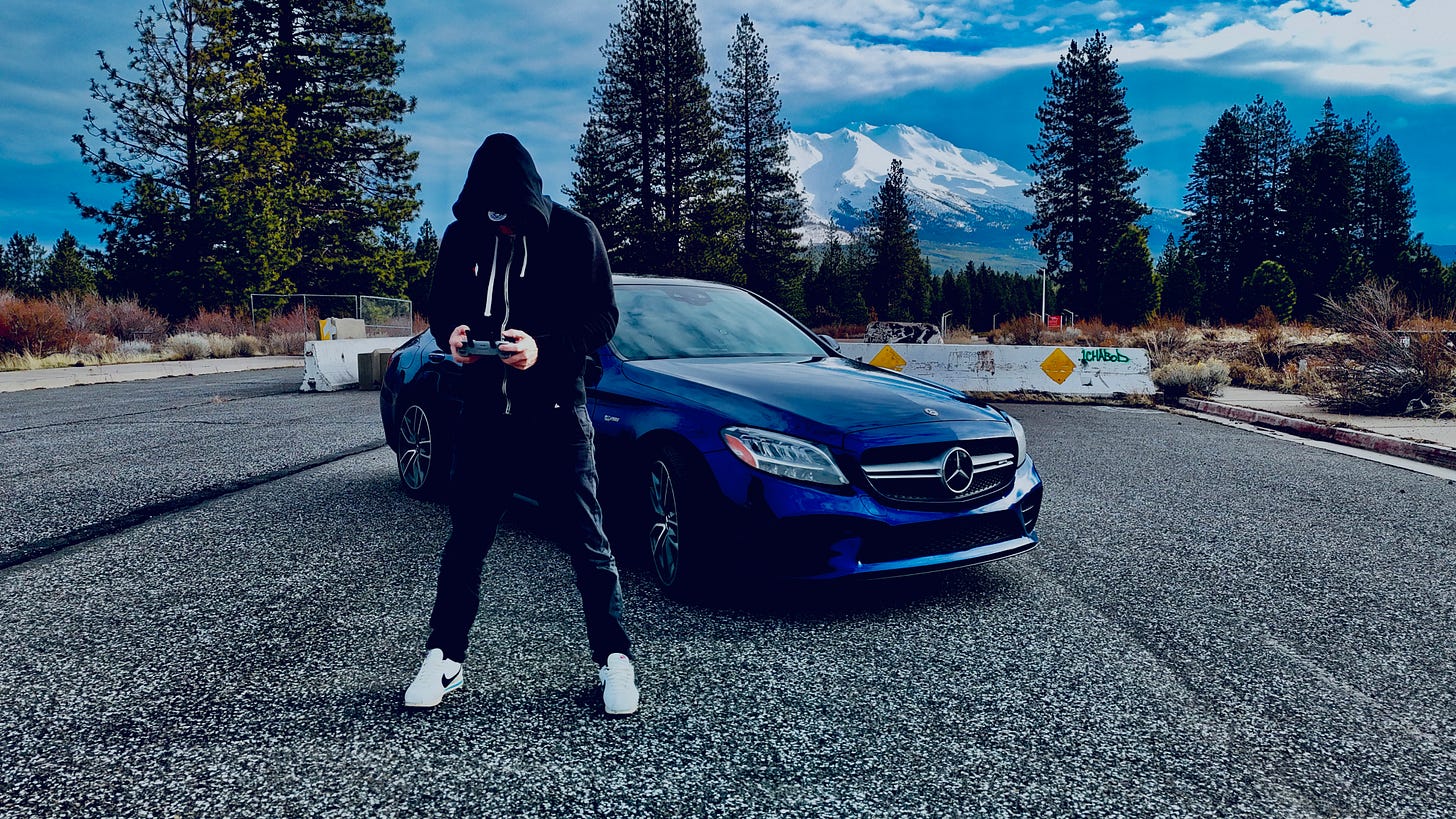The Art and Science of Banking
My journey to master the business of banking.
The gig was up for me in 2006.
It would have seemed like I had everything in line.
I graduated from college and law school with honors. I served a federal clerkship. I was halfway through an advanced law degree.
But then something unusual happened.
I was struck by common sense.
If I didn’t want to have a real job, I reasoned, then shouldn’t I create a cheape…
Keep reading with a 7-day free trial
Subscribe to Maxfield on Banks to keep reading this post and get 7 days of free access to the full post archives.


